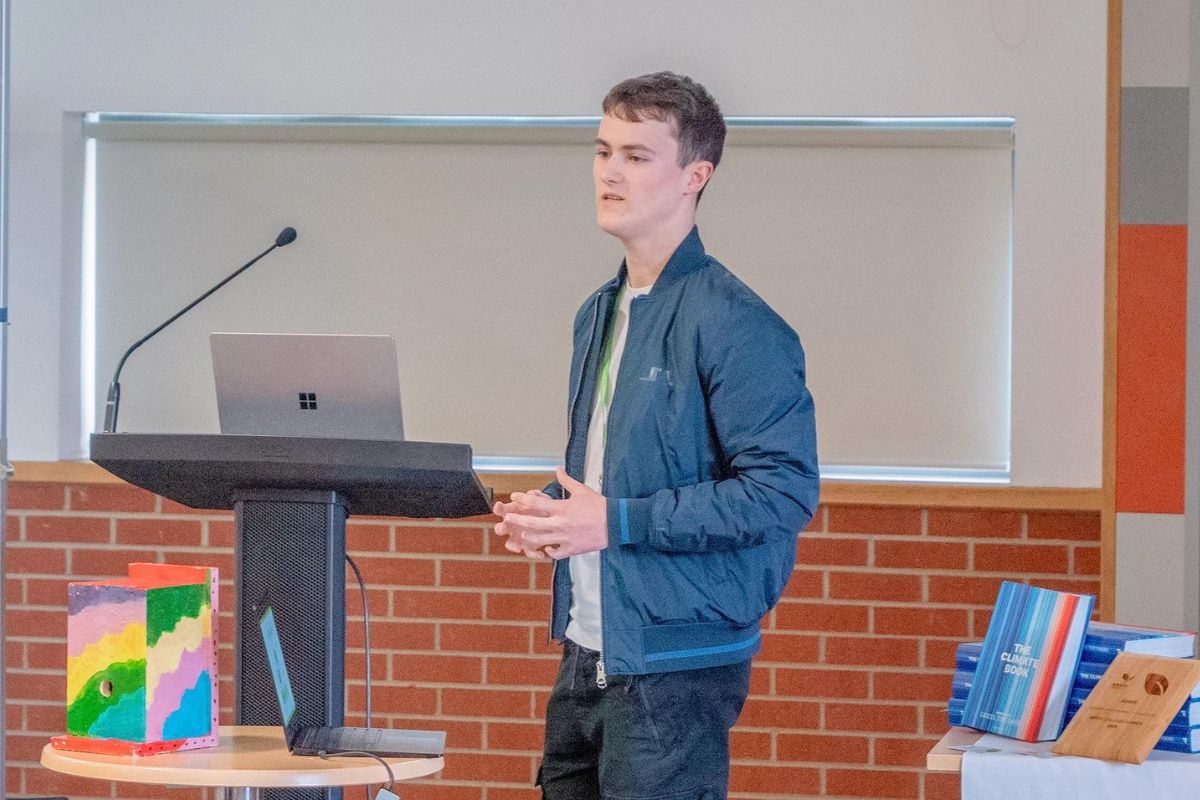Better together: why partnerships can deliver for learners with SEND and those that teach them

It’s amazing what can happen when people come together, joining their knowledge and skills to achieve things they would not be able to alone. And it’s no different for organisations, as the Education and Training Foundation’s (ETF’s) recently published report – Putting Learners with SEND at the Centre of FE Provision: A Partnership Approach – emphasises.
Based on projects examining how partnership working between general and specialist colleges can improve outcomes for learners with special educational needs and disabilities, it highlights the importance of colleagues’ dedication and determination in driving improvement, while pointing out that goodwill and commitment alone will not deliver lasting improvement.
The partnerships were created with three aims in mind. Firstly, they would try to establish where partnership working had the potential to lead to enhanced outcomes and better experiences for learners. Secondly, they would look at what was needed to ensure that partnerships could be both effective and long lasting. And, thirdly, they would enthuse colleagues about the potential gains to be derived from partnerships by engaging senior leaders in the work.
On all three counts, they can be regarded as successful. Read the report for yourself and you will learn how Harrogate College and Henshaws College combined to create a wider range of work placements for learners with high needs, how Bournemouth and Poole College and The Sheiling College identified enrichment opportunities that could be created by sharing facilities, and how the National Star College and the Warwickshire College Group explored a joint offer to learners so that our young people could access a broader range of subject areas. You will also read about the creation of progression pathways that allow learners to begin their FE journey in a specialist college, where they can build up their skills and confidence and barriers to learning can be addressed, before they move on to a general college, thanks to work between Works4U and Tameside College.
Clear benefits for staff were also witnessed; from the establishment of a community of practice and the bringing together of support staff in the three-provider partnership between Canto Learning, Moulton College and Northampton College, to the development of a training module to help teachers develop effective practice with autistic learners on mainstream courses in the partnership between West Thames College and Ambitious College.
All those things have happened because of the dedication, commitment and willingness to try new approaches that have been the hallmark of colleagues at the participating providers.
But, as important as colleagues’ dedication and determination clearly are, they alone cannot make the change that these projects suggest is possible. As the report makes clear, if the successes of these projects are to be successfully extended, and similar benefits realised in other areas by other providers, there is a significant obstacle to overcome. That obstacle is a SEND funding system which restricts how local authorities can support our learners. Regardless of how much energy, time and enthusiasm is invested in partnership working by colleges, only changes in commissioning by the local authorities can really unlock the benefits that have been seen in the projects in the longer term.
The report also poses challenges for the ETF. Having seen the value of the ETF-provided funding and facilitator support, the AoC and Natspec have called on us to help maintain momentum by continuing to provide both through the implementation stage of the work. This, they say, will help provide a fuller understanding of how they can be scaled up. We see this as helpful and are looking carefully at how it might be pursued.
The report’s publication at a time when the Government – via the publication of its SEND Green Paper – is actively examining how the system can be changed, is a fortuitous coincidence. And the content of that consultation does appear to signal that reform in a direction not dissimilar to that suggested by our report is possible.
With colleagues and representative bodies alike having demonstrated that closer working has benefits; and government in listening mode, it may just be that the stars are aligned. Given the significant benefits reported from the ETF’s projects, we must hope that proves to be the case.
Putting Learners with SEND at the Centre of FE Provision: A Partnership Approach is available on the ETF’s SEND Excellence Gateway site.
By Teresa Carroll, National Head for Inclusion, Education and Training Foundation












Responses